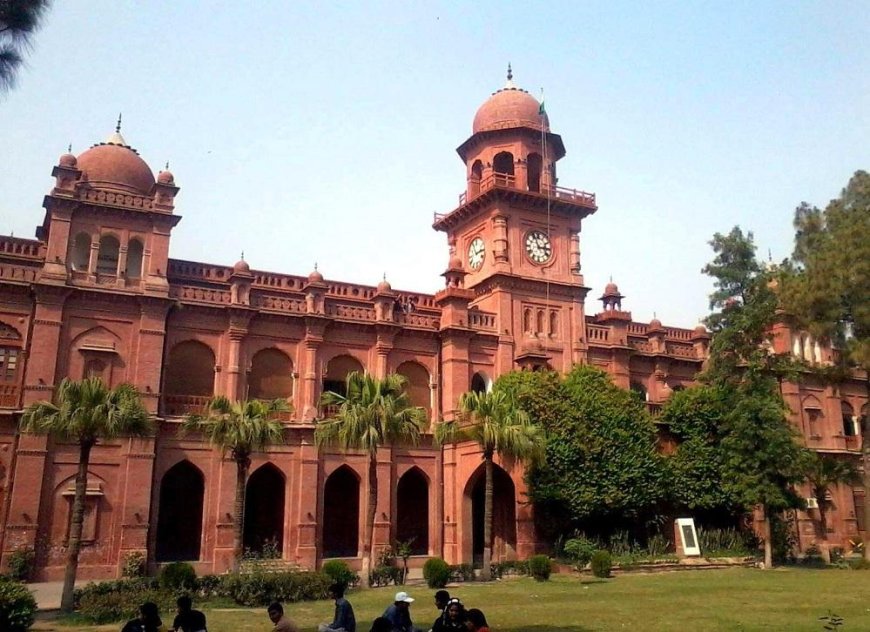History of the University of the Punjab
the region struggled long for the establishment of a university in the region of Punjab. History of the University of the Punjab.

It was in 1882 that the first meeting of the Senate was convened in Simla and the decision to establish University of the Punjab was taken. In Indian Subcontinent, this university was the fourth one to be established by British colonial authorities. The other three included the universities in Bombay, Calcutta and Madras and were founded by British in the early days of their colonial rule. After the fateful war of independence in 1857, the people of the region struggled long for the establishment of a university in the region of Punjab. History of the University of the Punjab.
The three universities founded by British rulers were only examining institutions whereas the University of the Punjab was the first in its right to be both a teaching and examining institution. The university was an autonomous body right from the beginning due to its power to hire both teaching and examining staff.
Dr. G. W. Leitner, who was enlightened Hungarian and acclimatized British, was contributed immensely towards the establishment of the University. He was the its first Registrar of the University of the Punjab. Prof. A. C. Woolner played major role in the development of the university. He was appointed the Vice-Chancellor of the University for the years 1928 to 1936.
Must Read: How can we make learning easier for children?
The University of the Punjab satisfied the educational needs of the vast region of Punjab in the Subcontinent until independence in 1947.
The partition of the Subcontinent however condensed the geographical limits of authority of University. Nevertheless, for several years after independence, the jurisdiction of the university reached over vast areas in Punjab, Baluchistan, NWFP and Azad Jammu & Kashmir. Later in the previous century, in order to share the responsibility of conveying higher education to the people of Punjab, new universities were also set up.
As a result of massive migration of non-Muslim instructors and scholars in 1947 reduced the forte of the university. The University restored its functioning largely due to the labors of eminent educationists like Dr. Umar Hayat Malik, who was appointed as the first Vice Chancellor after independence.
